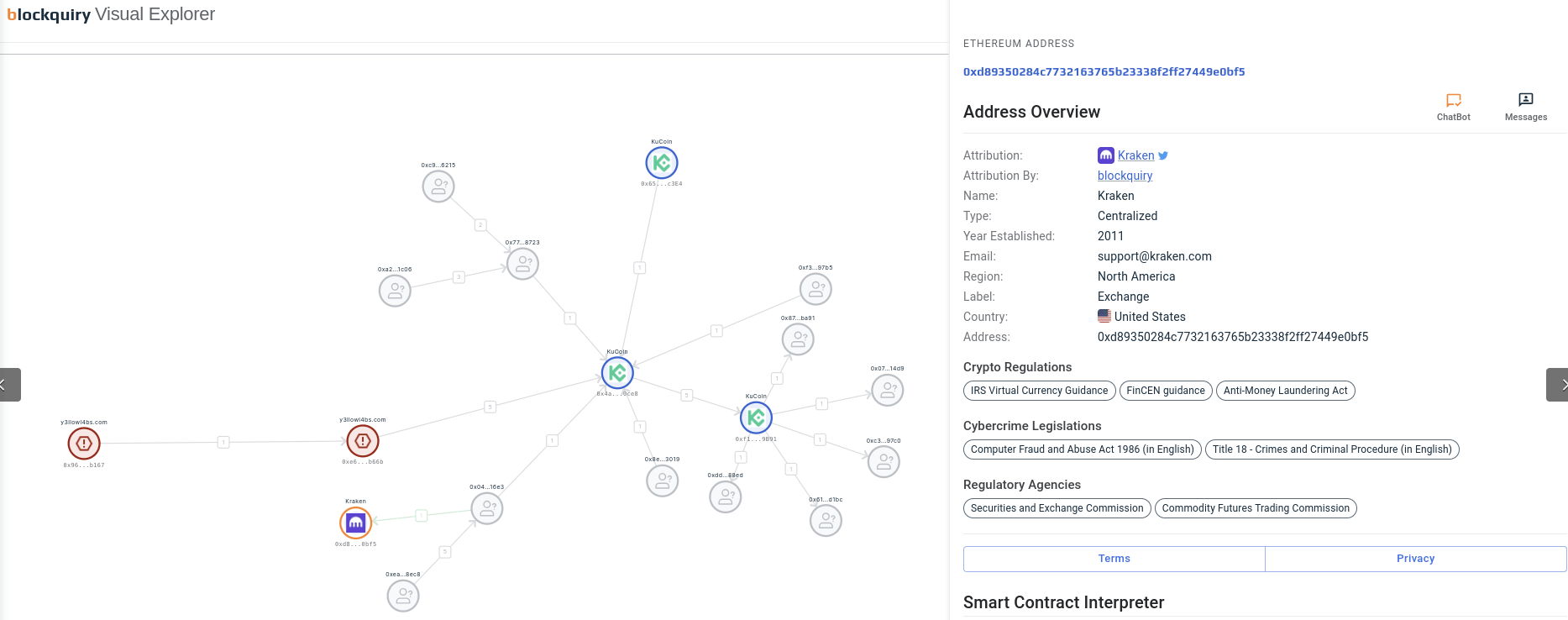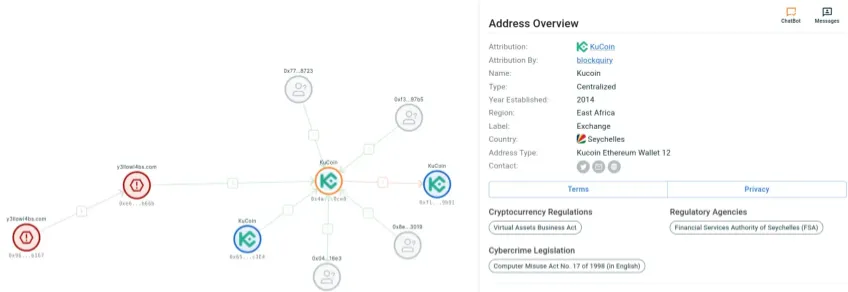Navigating Crypto Theft: A Comprehensive Guide to Reporting and Recovery
July 14th, 2023

Despite a significant decrease in cryptocurrency scams this year, the menace of crypto fraud remains very real, trapping millions of unsuspecting individuals.
Compared to the previous year, Chainalysis data from the first half of 2023 highlights a 65% drop in crypto funds flowing to known illicit entities. Money directed towards high-risk actors, such as mixers and exchanges, decreased by 42%. With the overall market downturn impacting transaction volumes across the board, the silver lining is that illegal crypto activity is witnessing a more significant reduction than legal operations.
Crypto scams have seen the most dramatic decrease, dropping nearly $3.3 billion from their 2022 levels. Nonetheless, countless individuals continue falling prey to fresh and age-old scams. These scams range from false social media influencers advocating crypto investments to romance scams emptying victims' crypto wallets. New types of fraud targeting decentralized apps and platforms have also emerged.
Scammers persist in duping cryptocurrency newcomers, resulting in billions lost. Thus, the importance of prudence and protection of funds cannot be overstated, irrespective of the declining trend in crypto scams.
Although the transparency of crypto transactions offers some degree of traceability, a combination of regulatory disparities and a lack of expertise in financial cryptocurrency fraud can make it challenging for victims to recover stolen assets. In response, blockquiry was established to provide novices and experts with tools to quickly identify and trace stolen funds on the blockchain. Using blockquiry's user-friendly investigative tools, victims can more readily trace and report missing funds.
For victims of scams, the subsequent sections of this article will guide you on how to enhance your chances of recovering your assets.
Locating Your Crypto Transaction ID
Each cryptocurrency transaction carries a unique transaction ID (TXID) that marks the flow of funds between addresses. Also known as a transaction hash, the TXID is a string of alphanumeric characters that reveals crucial details such as the date, time, sending and receiving addresses, the amount transferred, and fees incurred.
For Bitcoin and Ethereum, TXIDs are 64 characters long, incorporating letters and numbers. Here's how to find your TXID:
Enter your Bitcoin or Ethereum wallet address in the blockquiry's search engine to display all activity related to your address.
Click "Show Details" to access your recent transactions.
Match the transaction date/time and the amount transferred.
Click the plus sign next to the matching transaction date/time to generate a comprehensible receipt for the transaction.
Save the receipt, which includes your 64-character TXID, for future reference.
Your TXID is crucial for tracking your funds and detecting potential fraud or theft. Therefore, remember to locate and save the TXID for any transactions that raise concerns.
Tracing and Reporting Your Lost Crypto
After securing the receipt with your TXID, the following steps involve tracing your funds and reporting the theft to the authorities.
Use blockquiry's visual explorer tracing tool to track your crypto beyond the initial receiving address. This tool provides a detailed route of your funds through different wallets or services. The aim is to identify the exchange where the scammer likely converted your crypto into cash. blockquiry offers contact information for each exchange, which you can note for the one your funds reached. blockquiry's active address attribution provides users with all the relevant details about crypto exchanges.
 blockquiry's visual explorer image reveals the fund's journey from a compromised wallet to a secure crypto exchange. The side panel offers a straightforward overview of the exchange's key details, including its incorporation region and country, contact information, and user policies. Furthermore, it simplifies understanding of cryptocurrency regulations and cybercrime legislation in the exchange's jurisdiction.
blockquiry's visual explorer image reveals the fund's journey from a compromised wallet to a secure crypto exchange. The side panel offers a straightforward overview of the exchange's key details, including its incorporation region and country, contact information, and user policies. Furthermore, it simplifies understanding of cryptocurrency regulations and cybercrime legislation in the exchange's jurisdiction.
While preparing an incident report for law enforcement and the exchange, ensure it includes the following:
All transaction receipts
Screenshots of the blockquiry visual explorer displaying fund movements
Screenshots of any scam communications, such as emails, texts, social posts, etc.
Detailed information on the scam, including the scammer, dates, transaction IDs, amounts, etc.
To prove ownership of the lost crypto to law enforcement, you will likely need to sign a message with your wallet's private key or send a small transaction to a specified address.
Remember to report the fraud to the appropriate authorities, such as local police, the FBI, or the FTC, if you are in the U.S. As reporting procedures differ globally, consult blockquiry's law enforcement directories to determine relevant agencies based on your location and where the stolen funds ended up.
While recovering lost crypto can be challenging and uncertain, reporting the incident increases the likelihood of recovery, particularly if your funds end up at a regulated exchange capable of identifying the recipient. Maintain perseverance and provide comprehensive evidence to all parties involved.
Follow us